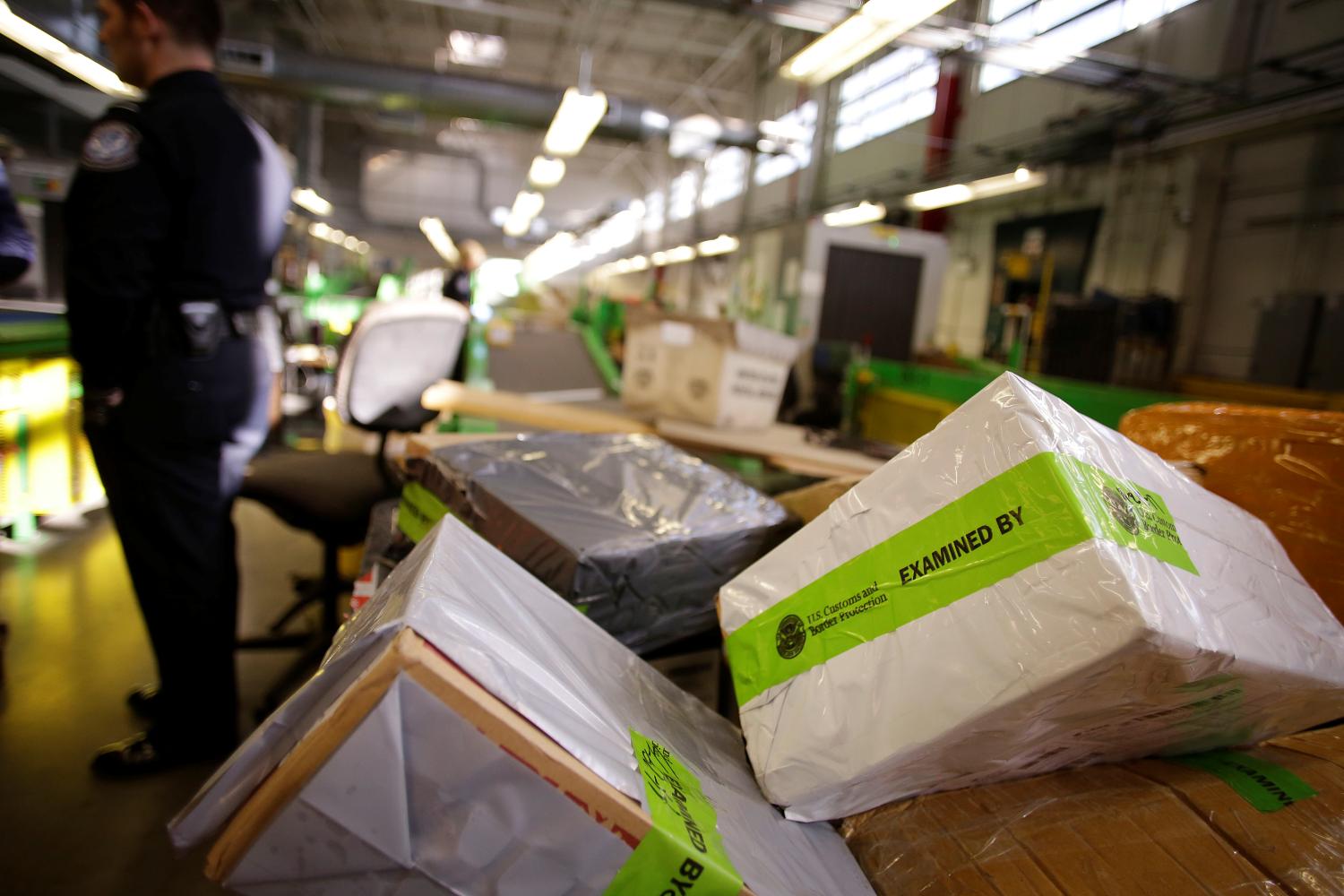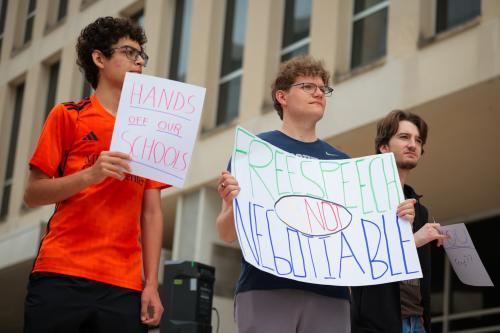This paper comes from the paper series “The opioid crisis in America: Domestic and international dimensions.”
Executive summary
The synthetic opioid crisis in North America has increased fatal overdose rates to unprecedented levels within a matter of a few years. It involves new technologies, a new source of supply (the chemical industry in China), and new forms of distribution (the internet and mail). These elements are perhaps even more difficult to suppress than other supply sources from foreign countries. This has led to an assumption that nothing can be learned from prior experience in trying to control drug markets.
In this paper, we first explore what might be learned from some notable past successes. We begin by examining a set of episodes in which enforcement against a specific illegal drug market had more than a brief impact on supply, though the enforcement may have caused other harms. Examples include the near-elimination of the quaaludes market in the 1980s and the “heroin drought” in Australia in the early 2000s. Exploring common features of these past successes reveals insights that may reduce the risk of fatal overdose.
We then examine the characteristics of fentanyl distribution in detail, noting that taken individually, the differences (such as the low costs of fentanyl production and its distribution by mail) are in fact not so distinctive: it is the combination of many differences that creates the unique threat.
In response, authorities need to change priorities in supply control domestically. Prior to the arrival of fentanyl and other synthetic opioids, it was reasonable for police and prosecutors to focus on (1) raising prices and restricting availability to reduce consumption and (2) minimizing the violence and disorder around street markets. Yet today, a more important goal may be to reduce the toxicity of the supply and thus the number of drug overdoses. This paper applies the insights of the “focused deterrence” approach developed by David Kennedy and Mark Kleiman, which involves using multiple levers to attain a specific policy goal.
We conclude with some specific suggestions for local and national supply-control agencies— including the need to focus more on regulating rather than reducing markets to minimize harm, and to distinguish between markets not yet swamped by fentanyl or in transition and those where the drug is entrenched. Strategies appropriate in one context may not serve well in another.
The Brookings Institution is committed to quality, independence, and impact.
We are supported by a diverse array of funders. In line with our values and policies, each Brookings publication represents the sole views of its author(s).








